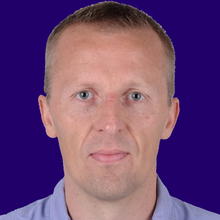
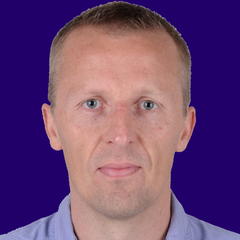
Bram NOORDMAN holds a Master’s degree in Mechanical Engineering from the University of Twente in The Netherlands with as graduation subject the numerical modelling of a rubber vibration isolator with Abaqus. After his study he worked as Application engineer for almost 2.5 years in the automotive industry developing and improving numerical crash test dummy models and applications. From 2006 till now he works as R&D engineer at the Royal Netherlands Aerospace Centre (NLR) and uses SIMULIA products like Abaqus for static, buckling, thermal, impact and acoustic fatigue analysis and SIMULIA Isight for design exploration & optimization studies. Lately he used SIMULIA Tosca for topology optimization of a rotating strain gauge balance before being 3D printed.
Topology optimization of a rotating strain gauge balance
For decades NLR designs, optimizes, manufactures and instruments rotating balances, sting balances, half model balances and model part balances with strain gauges to measure forces and moments on wind tunnel models. Rotating strain gauge balances are used to measure forces and moments on propeller, helicopter blade and other rotating models. The conventional design of a rotating strain gauge balance (RSB) at NLR usually consists of a cylindrical body with two or three sets of flexures with strain gauges which deform due to aero loads on the wind tunnel model and centrifugal load. For the Clean Sky 2 JU project PropMat (Support to future CROR and UHBR Propulsion System Maturation) a new design for a rotating strain gauge was created by topology optimization with SIMULIA Tosca Structure with as design objective minimization of strain energy (to maximize stiffness) and constraints for volume, stress at strain gauge locations of the strain gauge bridges and an overhang constraint for 3D printing of the balance. The optimal design of the rotating strain gauge balance found by topology optimization was slightly adjusted by adding some extra supports for 3D printing. The final rotating strain gauge balance design was finally checked with SIMULIA Abaqus for resulting displacements, maximum stress in the balance body and expected strain gauge bridge outputs of the rotating balance before it was printed at NLR.
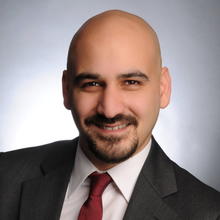
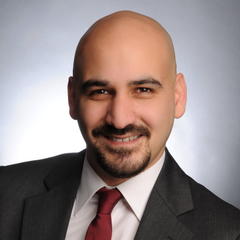
Born and raised in Ankara. Upon completing his higher education in Turkey, in 2009 started his Ph.D. study in mechanical engineering at the RWTH Aachen University in Germany. During that time, he was focused on structural simulation and materials applications in mechanical engineering. It is also that period he got more acquainted with Abaqus software and for the last four years of this period, he also directed the micromechanics simulation group. Since 2016, he has moved to Denmark with his family and started working in Velux A/S Advanced Materials Technology department as the senior simulation specialist. Since then, he is supporting the research and development activities within the company with advanced simulation solutions.
Zero plastic for packaging: A finite element method case study for drop tests
As a part of the ongoing sustainability strategy program within Velux, it has been decided that all the plastic components used for packaging of the products are replaced by other more sustainable counterparts. Within this context a numerical model was generated to simulate the side and 3D drop tests used for standardization of the packaging quality. In these tests, the product is dropped from a certain height to a sensor plate at the ground and is tilted in such a way that it either lands on its side or one of its corners. The sensor plate records the impact forces and helps evaluate the dissipation of these forces by the packaging material. However, considering a wide range of products within Velux many tests need to be conducted, thus a numerical model was also generated in order to speed up the process. The model evaluates the impact absorption capabilities of various honeycomb structured card boards in comparison to the existing EPS material both for the side drop and 3D drop tests. Simulations were conducted in Abaqus/CAE and the explicit solver was used for the solutions. The results of the simulations indicated very close correlation with the lab tests and help predict optimum honeycomb structure that is required for different products.
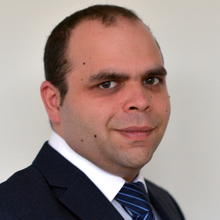
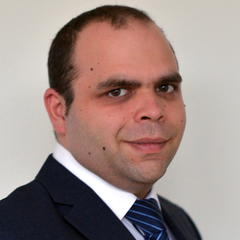
I am originally from Romania, where I finished by BSc in Applied Electronics. Then I lived in Finland for about 9 years where I did my MSc in Science and Bioengineering and PhD in Applied Physics. I recently moved to Netherland and joined Simuleon as an Abaqus Application Specialist. During my master’s studies, I worked on a project to develop an immunoassay-based in-vitro diagnostic device using CAD and CFD in microfluidics. For the PhD, I focused on developing a methodology to generate subject-specific FE models able to predict subject-specific knee joint osteoarthritis in patients with ligament injury and surgery
Subject-specific finite element models to identify patients at risk of osteoarthritis – towards clinical use.
Osteoarthritis (OA) is the most common musculoskeletal joint disease, in which primarily the articular cartilage and subchondral bone are degenerated causing unbearable pain within a joint. OA affects more than 250 million people and places a huge financial burden on both the patient and the society.
Currently, preventing the onset and development of OA is still the best clinical course of action. FE modelling could be used to predict locations susceptible to osteoarthritis. To create patient-specific models, three inputs are required: geometry, motion and material property. The knee geometry can be obtained from clinical magnetic resonance imaging (MRI) via manual segmentation of the tissues of interest. The knee motion can either be measured using motion capture or, if such systems are not available, from literature. The material properties of the tissues can be obtained experimentally.
To use this approach in a clinical setting, or at least in studies with large number of subjects, the workflow should be improved. Here we develop a fast and reliable method of implementing patient-specific motion into computational models. Using this method, we identify OA risk areas in 7 patients with ACL reconstruction and 6 controls. Different degenerative mechanisms, such as excessive cartilage deformations, stresses and fluid velocity, were assessed. To verify the computational model reliability, the model predictions were compared against structural and compositional changes assessed using advanced MRI techniques.
The results showed that simplified and faster models yield similar results as more complex and computationally intensive approaches. Additionally, the locations susceptible to OA onset and progression predicted by these simplified models matched clinical follow-up information. This computational approach could be utilized to rapidly identify patients at risk of developing OA in a clinical setting and could reveal optimal and personalized rehabilitation and prevention protocols to prevent or delay the disease progression.
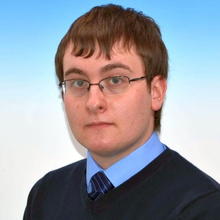
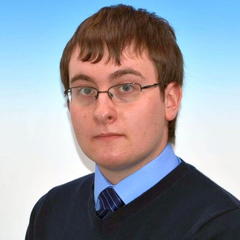
Tom has a master’s degree in Aerospace and Aerothermal Engineering from the University of Cambridge. Since graduating, he has worked with or at Bentley for the last five years and became a Powertrain Thermal Simulation Engineer in 2018. In this role he’s been involved with the virtual development of all current Bentley products.
Coupled 3D CFD for thermal protection applications at Bentley Motors:
Bentley has been on a programme of increasing digital prototyping and reducing reliance on physical testing for the last 5 years, with the ultimate goal of a digital twin of any physical test. As part of this, a capability gap was identified around whole vehicle thermal protection over a transient drive cycle. This presentation will cover the progress made towards replicating various real-word drive cycles in PowerFLOW/PowerTHERM to obtain time-accurate temperature histories of critical components. When fully implemented, this method will remove one physical prototype; saving circa 6000 km development mileage and much more in shipping to test sites.
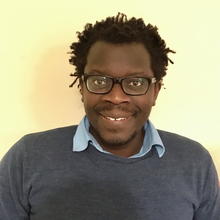

Dr Kondwani KANJERE is a Lead Noise and Vibration Research Engineer at Dyson Technology Ltd UK. He obtained a Bachelor degree in Aeronautical Engineering and a PhD in Aerodynamics and Aeroacoustics from University of Southampton. He joined Dyson Technology Ltd UK in 2012 and is based at the Research HQ in Malmesbury. His research interests have included airframe noise, jet noise, and turbomachinery noise. He currently supports aeroacoustics research on high speed digital motors using advanced simulation solutions
At Dyson we continuously strive to find ways to reduce the noise from our products. As part of this effort, an evaluation of the capabilities of PowerFLOW to predict the flow generated noise from a vacuum cleaner motor was performed. The aim was to assess whether PowerFLOW can accurately predict the noise from the motor as measured in the acoustic chamber. Simulations were performed on an isolated motor and the motor integrated into product. The predicted noise level in both cases were in very close agreement with measurements and offered very useful insights into the noise sources and mechanisms.
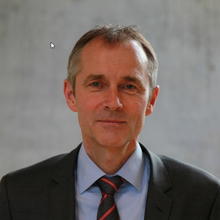
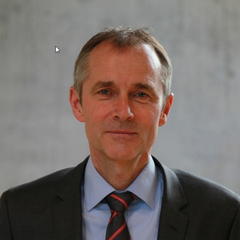
Bernhard gained his PhD in Electrical Engineering in 1996. He founded his first company, Simulation Services Company CSS GmbH in 1997 before going on to become the Managing Director and co-owner of CST AG in 1998. After the acquisition of CST, Bernhard joined Dassault Systèmes in 2016 and became a member of the SIMULIA Leadership Team.
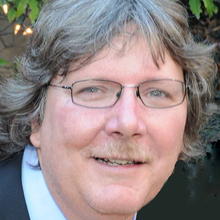
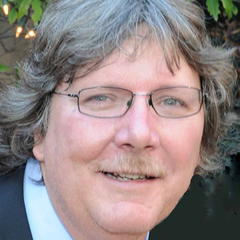
Eric joined Dassault Systèmes in 1999 and has held various positions with increasing responsibility including Customer Services Engineer, Development Engineer, and Product Manager. In his current role as Product Manager focused on Structural Mechanics and Abaqus, Eric is responsible for release planning, gap analysis, and creating go-to-market content.
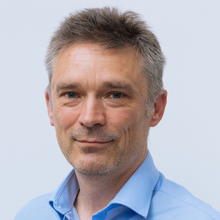
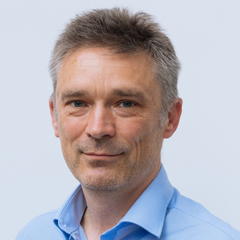
Following his PhD (University of Manchester), Jon started his career as an aero- and hydrodynamicist for an America’s Cup syndicate (who lost!). In his next role as a scientific officer at a nuclear physics laboratory where he developed algorithms for high performance and parallel computers.
Jon then joined the company responsible for developing Abaqus. Over the last 24 years, he has had a variety of roles, including technical support engineer, services engineer and UK Services Manager. His primary interests are in workflow automation and democratization of simulation. He is now responsible for the EuroNorth SIMULIA Technical Team.

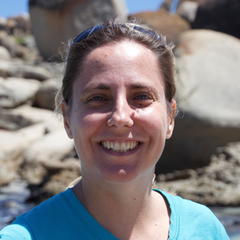
Marli STRYDOM is part of the SIMULIA Electromagnetics R&D Portfolio management team. She gained experience in the simulation of electromagnetics phenomena through many years of product planning, technical sales and global support of automotive, aerospace and defense, as well as the high tech industries. She received the MSc Engineering degree at the University of Stellenbosch in South Africa and joined the SIMULIA brand after the Dassault Systèmes acquisition of CST approximately four years ago.

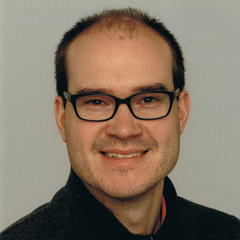
Axel DEWES is SIMULIA R&D Multibody Portfolio Director. Axel joined Simpack in 2005 focusing on project engineering in real-time analysis. He took over project, account, and product management for Simpack Engine.
Since 2016 (acquisition by Dassault Systèmes) he is working as Product Manager for Simpack and responsible for the integration into the 3DEXPERIENCE platform.